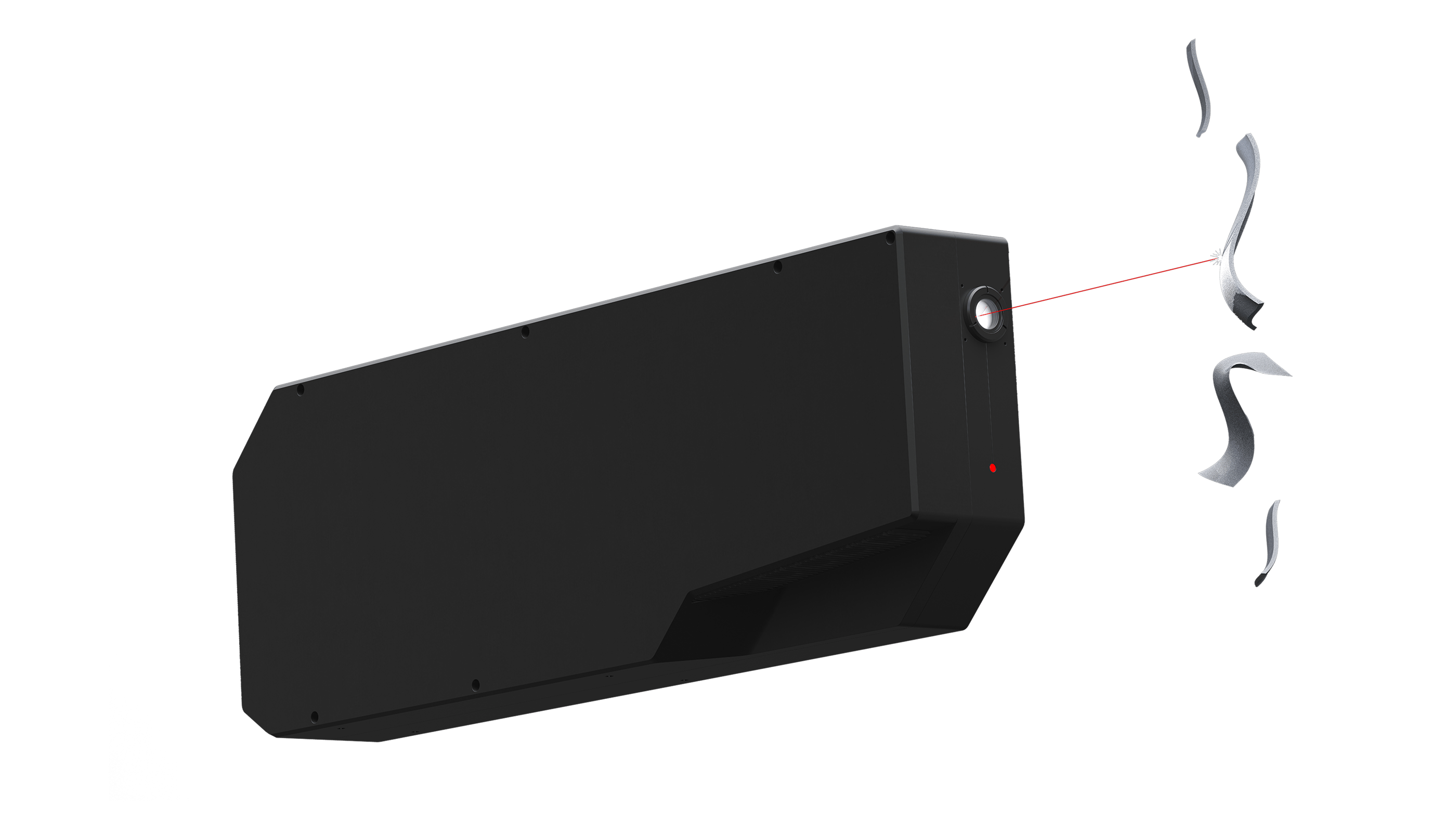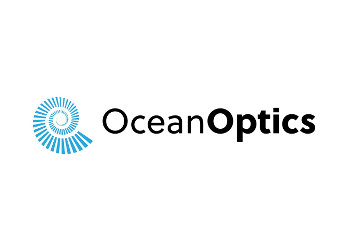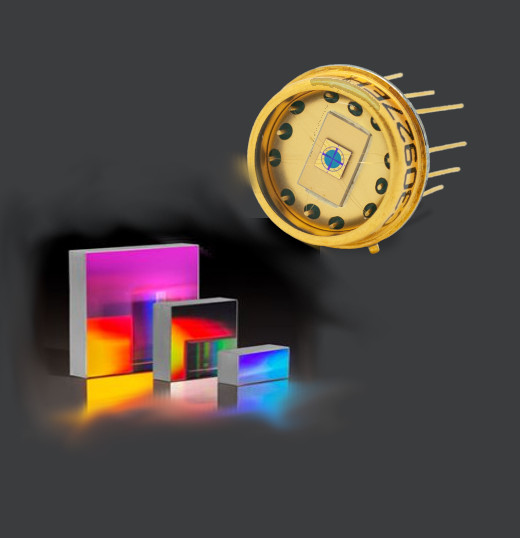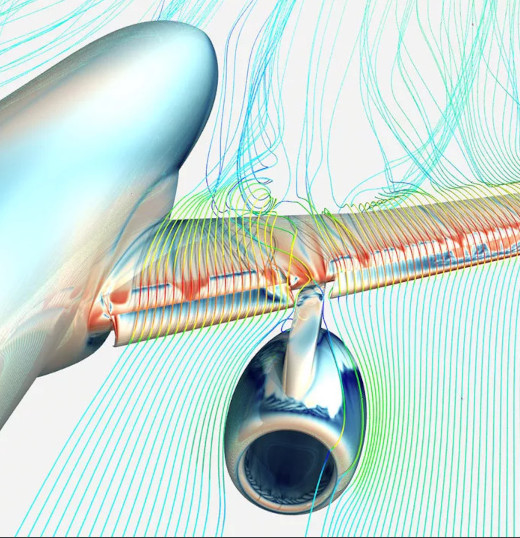LIBS




Segregowanie aluminium i metali nieżelaznych
Sortowanie na linii
LIBS – ang. laser induced breakdown spectroscopy - spektroskopia plazmy indukowanej laserem.
Metodologia pomiaru polega na ablacji materiału poddanego działaniu lasera, która prowadzi do powstania plazmy. Jest ona źródłem silnego promieniowania ciągłego i dyskretnego, charakterystycznego dla atomów występujacych w danej próbce.
Stąd też LIBS stosowany jest do wykrywania składu danej próbki.
Metoda (jakościowa / ilościowa) należy praktycznie do nieniszczących metod badawczych.
Na zdjęciu Guan Haise z China's Beijing Antique City podczas badania autentyczności starych waz.
Zapraszam do kontaktu w celu omówienia szczegółów i dobrania odpowiedniego sprzętu.
Masz pytania?
Napisz do nas
Speed Sorter LIBS Sorting Sensor
W oparciu o metodę LIBS, Speed Sorter szybko określa skład chemiczny każdego przedmiotu złomu aluminiowego i przekazuje wynik do systemu sortującego. Dzięki Speed Sorterowi można łatwo przeprowadzić separację kutego aluminium od odlewanego aluminium, aluminium od magnezu i stopów, takich jak 5xxx i 6xxx, podczas gdy technologie takie jak XRF i XRT nie sprawdzają się tak dobrze.
Czujniki Speed Sorter LIBS są dostosowane do specyficznych potrzeb, z uwzględnieniem możliwości przenośnika, składu i rozmiaru materiału wejściowego oraz pożądanej kontroli wyjścia i przekierowania. Dostępne są również niestandardowe separacje. Speed Sorter jest przeznaczony do systemów jedno- lub wielopasmowych.
Supporting the Circular Economy
PRODUCT DETAILS
Ocean Insight’s SpeedSorter™ is an industrial, high-throughput sensing system designed for in-line, nonferrous scrap sorting in difficult environments. Based on laser-induced breakdown spectroscopy (LIBS), the SpeedSorter quickly determines the chemical composition of each aluminum scrap object and communicates the result to the sorting system. With the SpeedSorter, separation of wrought from cast aluminum, aluminum from magnesium, and alloy class separations like 5xxx and 6xxx are all easily accomplished, where technologies like XRF and XRT do not perform as well.
SpeedSorter LIBS sensors are customized to your exact needs, with consideration of conveyor capabilities, input material composition and size, and desired output and diversion control. Custom separations are available as well. SpeedSorter is designed for single-lane or multi-lane systems, so you can start with one lane or as many as needed to handle the ever-growing market demand for recycled aluminum.
PRODUCT OVERVIEW
- Superior aluminum sorting. Sorts classes and fractions with speed and precision, providing high-purity sorts for 5xxx from 6xxx, aluminum from magnesium, and wrought from cast
- High speed. Supports speeds as high as 5 tons per hour with an optimized sorting system
- Maximized profits. Precise, high-purity sorting equals a higher price per ton
- Flexible setup. Expandable, lane-based sensors are scalable to meet your needs
- Smart, compact design. No ablation laser or distance sensors needed -- our high-powered laser, electronics and machine-learning algorithms do it all, in a small package that fits easily into your new or existing nonferrous sorting system
Applications
- Alloy class separation
- Aluminum, magnesium and titanium analysis
- Incoming scrap metal identification
- Light metals analysis and sorting
- Nonferrous scrap metal recycling
- Positive material identification
- Product scrap conversion
| Base elements: | Al, Mg, Cu, Zn |
| Alloying elements: | Al, Fe, Mg, Mn, Si, Pb, Cr, Ni, Cu, Zn (Sn in special configurations) |
| Laser: | Class 3R Red, Class 4 IR-A |
| Spectrometer: | High resolution, high throughput, thermally controlled; standard range 190-450 nm, deep UV range available (optional, 175-430 nm) |
| Working distance: | 248 +/- 7 mm from front face of modules |
| Divert signal output: | 24V, 0.5A max (can be configured for other signals) |
| Communication: | TCP/IP over Ethernet 100 mbps |
| Communication protocol: | Available in "SpeedSorter Software Protocol Document" (when available) |
| Control software: | Client-side GUI, controls for setting recipes, viewing element ratios, number of pieces sensed/diverted, processed spectra, laser status, system temps, error and fault messages, saving data on device. Control up to 10 modules in Tabs, certain operations performed globally. |
| Memory: | Onboard memory for saving several hours data per session |
| Power: | 24VDC 600W (din rail mount power supply included) |
| Laser safety: | BNC remote laser interlock, E stop, onboard and remote laser status LEDs |
| Ventilation requirements: | 150 CFM per module clean filtered air |
| Installation requirements: | Supply of ~60 CFM clean filtered air to recommended lens air shield (requirement and design depends on installation parameters) |
| Ambient operating conditions: | 0 °C-40 °C non-condensing 25%-85% RH |
| Storage conditions: | -10 °C-65 °C non-condensing 25%-85% RH |
| Dimensions: | ~120 mm x 300 mm x 850 mm |
| Weight: | ~28 kg |
Dostawcy







